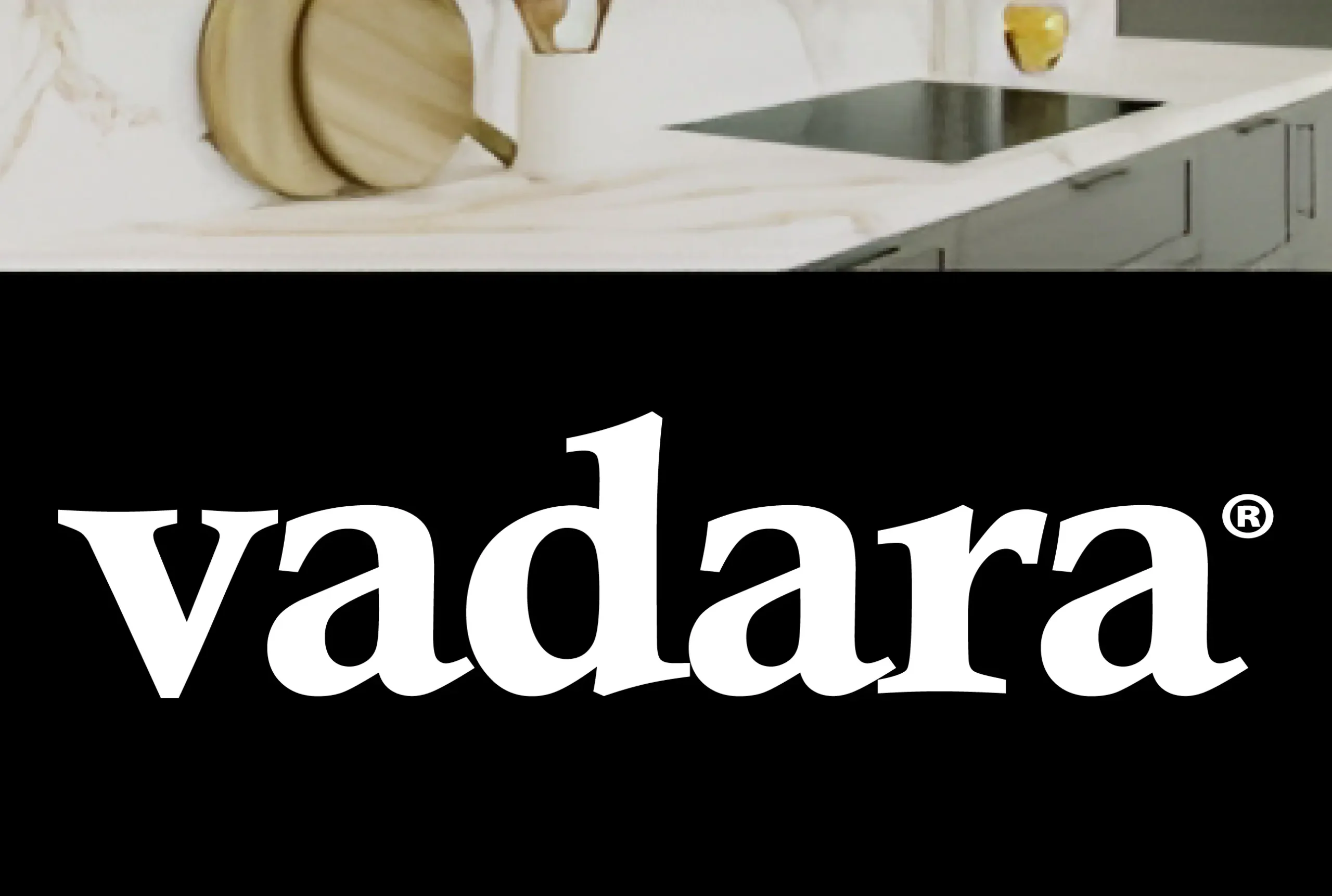Key Highlights
- Metal sculptures are celebrated for their artistic versatility and timeless appeal, making them suitable for homes, businesses, and public spaces.
- Popular metals like stainless steel, brass, and corten steel showcase unique characteristics and durability in various sculptures.
- These stunning pieces of metal art can transform living rooms with wall sculptures or enhance gardens with outdoor installations.
- Proper care ensures the longevity of tabletop and outdoor sculptures, preserving their integrity over time.
- Metal sculptures are highly valued in the art market, with engraving and craftsmanship playing a vital role in their worth.
Introduction
Metal sculptures bring a special touch to any space. These pieces give style and a bold feel, whether you put them inside or outside. You can have small, detailed metal art on the wall in your living room or use big metal designs outside. They always catch people’s eyes and grab attention. Metal sculptures fit well in many styles and spaces, so they work for anyone who wants their space to stand out. These works can be the main focus and show off your own taste. If you like modern things or something classic, metal sculptures add both class and character to your home or yard.
The Timeless Appeal of Metal Sculptures in Art
Metal sculptures have long been celebrated for their mix of strength and beauty. These pieces of metal art show a great level of skill. You can see this skill in their fine engraving and strong shapes. The toughness of metal gives artists the chance to try new things, making pieces that last a long time.
Also, metal art stays popular because it can fit into different art styles and times. Whether the art is old-fashioned or new, metal sculptures always draw people in. They bring a feeling of creativity and fresh ideas to every place.
Exploring the History and Evolution of Metal Sculpture
The story of metal art goes back a long way. It started in ancient times with early people using soul metal to make figures, tools, and special items that meant a lot to their culture. These first pieces helped start what would become a long tradition in metal art.
As time went on, the way people made metal sculpture changed. New ways of working with metal, like casting and engraving, let them create more detailed work. The use of stainless steel gave artists the chance to make metal art that was both strong and shiny. It could stay in good shape for many years even when kept outdoors.
Now, metal sculpture keeps growing. Artists mix what they know from the past with new ideas. They use everything from classic ways of working with metal to the latest tools and materials. You can see this in small, beautiful sculptures and in big pieces set up in public places. Today’s metal art brings together history, fresh skills, and new looks to make work people remember.
Popular Metals Used and Their Unique Characteristics
Different metals bring distinct advantages to sculptures, offering unique aesthetics and functionality. Common choices include stainless steel, brass, and corten steel, each lending its own qualities to artistic creations.
Stainless steel is known for its durability and sleek finish, making it a popular option for outdoor installations. Its corrosion resistance ensures longevity in various climates, including Australia’s extremes. Brass, meanwhile, provides a warm, golden hue that enhances intricate designs, often showcasing craftsmanship through detailed engravings.
Corten steel, remarkable for its weathering properties, develops a rust-like patina over time, adding charm and character to large installations. Artists in countries such as Canada and the USA often choose these materials for their versatility and artistic appeal.
Care, Maintenance, and Longevity of Metal Sculptures
Metal sculptures are known for their durability, but you need to take care of them to help them last a long time. Make sure to clean them often with a soft cloth and a gentle cleaner. Do not use any rough materials that might scratch or harm the fine details or finishes on your metal art.
If you have tabletop sculptures or wall sculptures, check them now and then for any signs of damage or rust, especially if there is a lot of moisture in the air. Outdoor sculptures need even more attention from you. You should take care of them to keep them safe from bad weather.
Following these tips helps your metal art keep its look and strength. This way, your sculptures will stay beautiful and strong for years.
Best Practices for Preserving Outdoor and Indoor Pieces
Taking good care of metal sculptures helps them keep their look, both inside your home and outside. If you have a sculpture in your living room, like a wall accent, you should not put it where there is a lot of humidity. Dust it often and use a soft cloth to keep it shiny.
Sculptures outside have to face weather, dirt, and sometimes get worn down. Cleaning them often is important to stop dirt from building up. If you have stainless steel sculptures, put on a rust-resistant coating to help them last and to stop rust.
Here are some more ways to protect these works:
- Keep sculptures in the shade if you can, so the sun’s UV rays do not hurt them.
- Put weather-resistant treatments on outdoor statues once a year.
- For large sculptures and installations, take time to look at them and check they stay strong.
- Make sure sculptures are installed well and securely, so they won’t fall by accident and get damaged.
If you follow these steps, the sculptures in your living room or yard will keep looking great for years to come.
Understanding the Value: Metal Sculptures in the Art Market
The price of metal art hinges on craftsmanship and its significance to people. Artists’ choices in engraving and metals like stainless steel and brass are crucial; these durable materials often enhance value.
An artist’s reputation also greatly influences worth—works by renowned artists tend to be more valuable. Buyers appreciate skillful pieces that reflect care and detail, with various forms of metal art, including tabletop sculptures, wall decor, and large outdoor installations, each carving out its niche in the market.
Collectors seek the story behind each piece, examining elements like engraving. Unique designs, such as a whimsical frog sculpture or a soulful metal creation, attract dedicated fans. Whether a small tabletop item or a grand outdoor piece, owning such works is seen as a wise investment that retains value over time.
Conclusion
In the end, metal sculptures grab the attention of art lovers because of their beauty and how long they last. The history of these pieces, along with the special look of different metals, makes them interesting for people. When you learn to take care of metal sculptures, you keep them looking good and help hold their value in the art world. The art pieces will look great anywhere, whether you put them inside your home or outside. They show off both creativity and skill. So, enjoy the art of metal sculptures and maybe think about getting one for your collection. If you want to know what options there are for your own space, you can always get in touch for a consultation.
Frequently Asked Questions
What are the most popular metals used in sculptures?
Stainless steel, brass, and corten steel are some of the top choices in metal art. People pick these metals because they last a long time, and they look good. Many artists in Canada, the USA, and Australia use these materials to make great metal art designs. The durability of stainless steel and brass helps the sculptures stay in good shape for years.
Are metal sculptures suitable for outdoor installation in Australia?
Sure! Metal sculptures made with stainless steel or weather-tough materials like corten steel are made for the outdoors. They have the durability to stand up to Australia’s weather. It does not matter if you get wall sculptures or you pick free-standing ones, if they are of crows or even abstract styles. With the right care, these sculptures will last a long time and keep looking good.
How do I identify a quality metal sculpture?
Quality metal sculptures are made with great care. The details, such as the engraving, are neat and well done. Strong materials like stainless steel or soul metal are often used. Every part, from a small tabletop frog to big art pieces, shows good skill and balance. These sculptures stand out because of how well they are made and the careful work put into each one.











